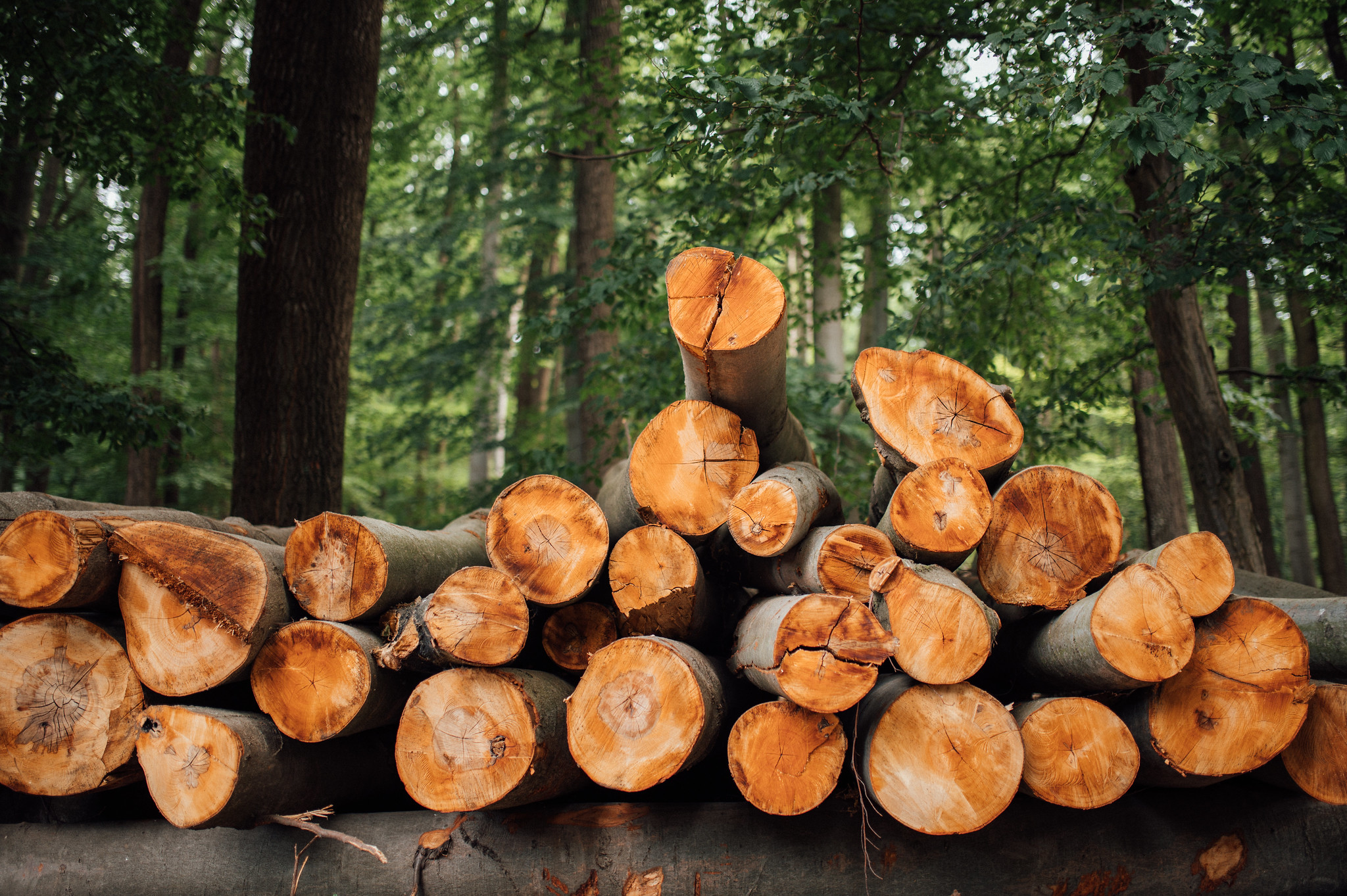
Protecting nature in Wyoming
The Bureau of Land Management is considering a new plan to manage 3.6 million acres of land in Wyoming.
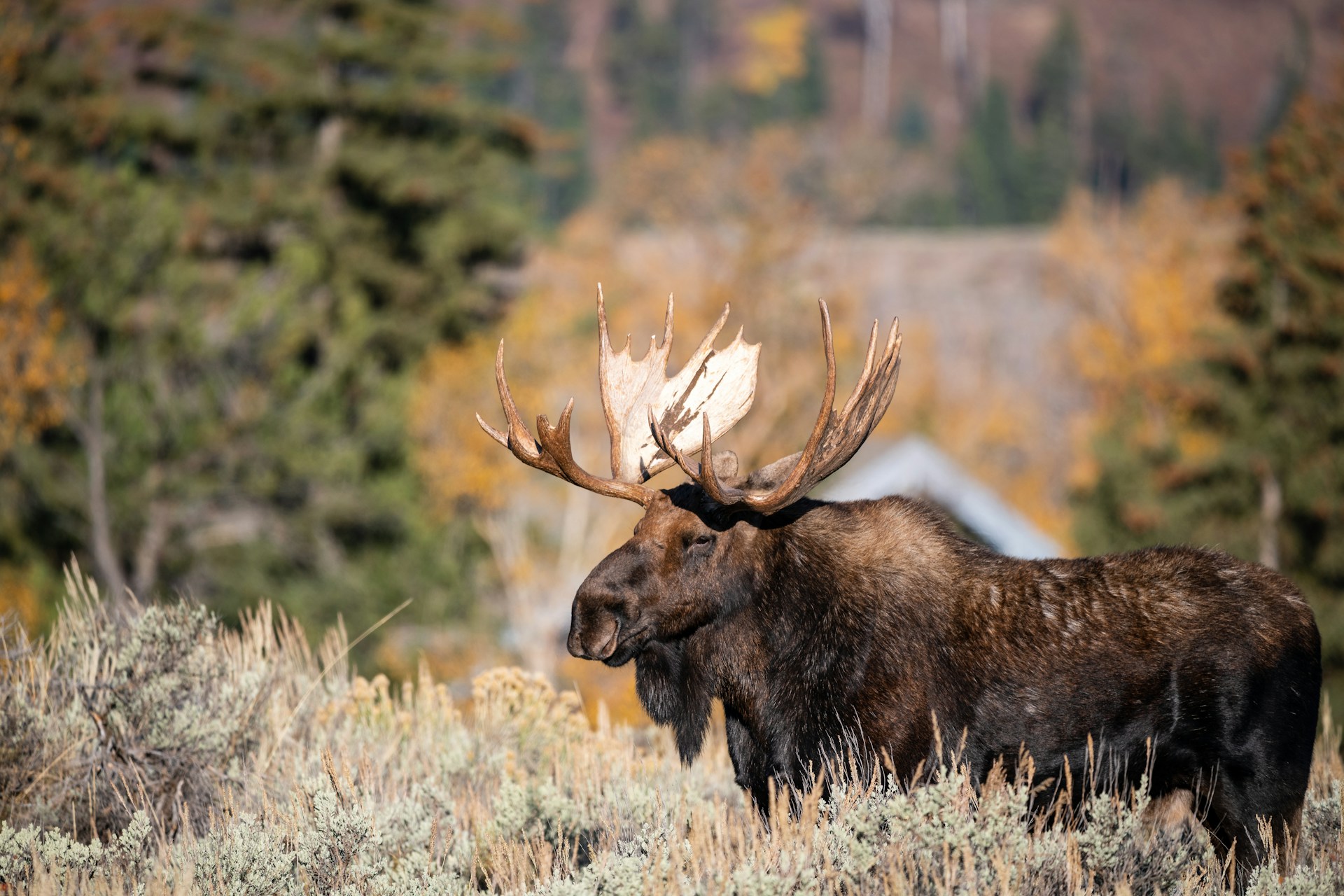
The Bureau of Land Management is considering a new plan to manage 3.6 million acres of land in Wyoming.
Within the area are some of the highest densities of archaeological sites in Wyoming. Across the entire planning area are historical sites like wagon roads and areas being considered for national historic trail status. White Mountain Petroglyphs is a famous tourist attraction of cultural significance to indigenous groups native to the area along with the South Pass National Historic Landmark. There are even remnants from human inhabitation from as far back as 12,000 BC scattered throughout the planning area.
The region has a diverse spread of wildlife species, from big game like moose, wild horses and pronghorn to endangered plant species like the Ute ladies’ tresses. There is a subspecies of moose called the Shiras Moose, which the Wyoming Fish and Game Department recognizes as a species of “greatest conservation need.” These are species that have low or declining populations and are considered by Wyoming to be important to the health of the state’s wildlife. The area also contains numerous species like the endangered Ute ladies’ tresses and 16 identified sensitive plant species.
The BLM outlines increased concern about the spread of invasive plant species across the planning area. The BLM is proposing to maximize the protections for species native to the area and to designate 1.6 million acres of the planning area as an “Area of Critical Environmental Concern.” Alternative B recognizes the importance of these resources within the planning area and would finally demonstrate the BLM’s consideration of nature and cultural resources in its land management process.
Currently, Alternative B is the BLM’s preferred alternative, which considers cultural, physical, and biological values in the management area. The concentration of nature alongside resource harvesting by the BLM signals a positive change in its land management habits, which could impact millions of additional acres across the United States.
The BLM is accepting public comments on the management plan until January 17th, 2024. We must tell the BLM that alternative B is the best plan for balancing the preservation of cultural and biological resources in the region with local economic drivers. This would be a significant step towards permanently including conservation in the BLM’s managing strategies nationwide.
Topics
Authors
Ellen Montgomery
Director, Public Lands Campaign, Environment America
Ellen runs campaigns to protect America's beautiful places, from local beachfronts to remote mountain peaks. Prior to her current role, Ellen worked as the organizing director for Environment America’s Climate Defenders campaign. Ellen lives in Denver, where she likes to hike in Colorado's mountains.
Jacob Franciscus
Environment America Intern
Find Out More
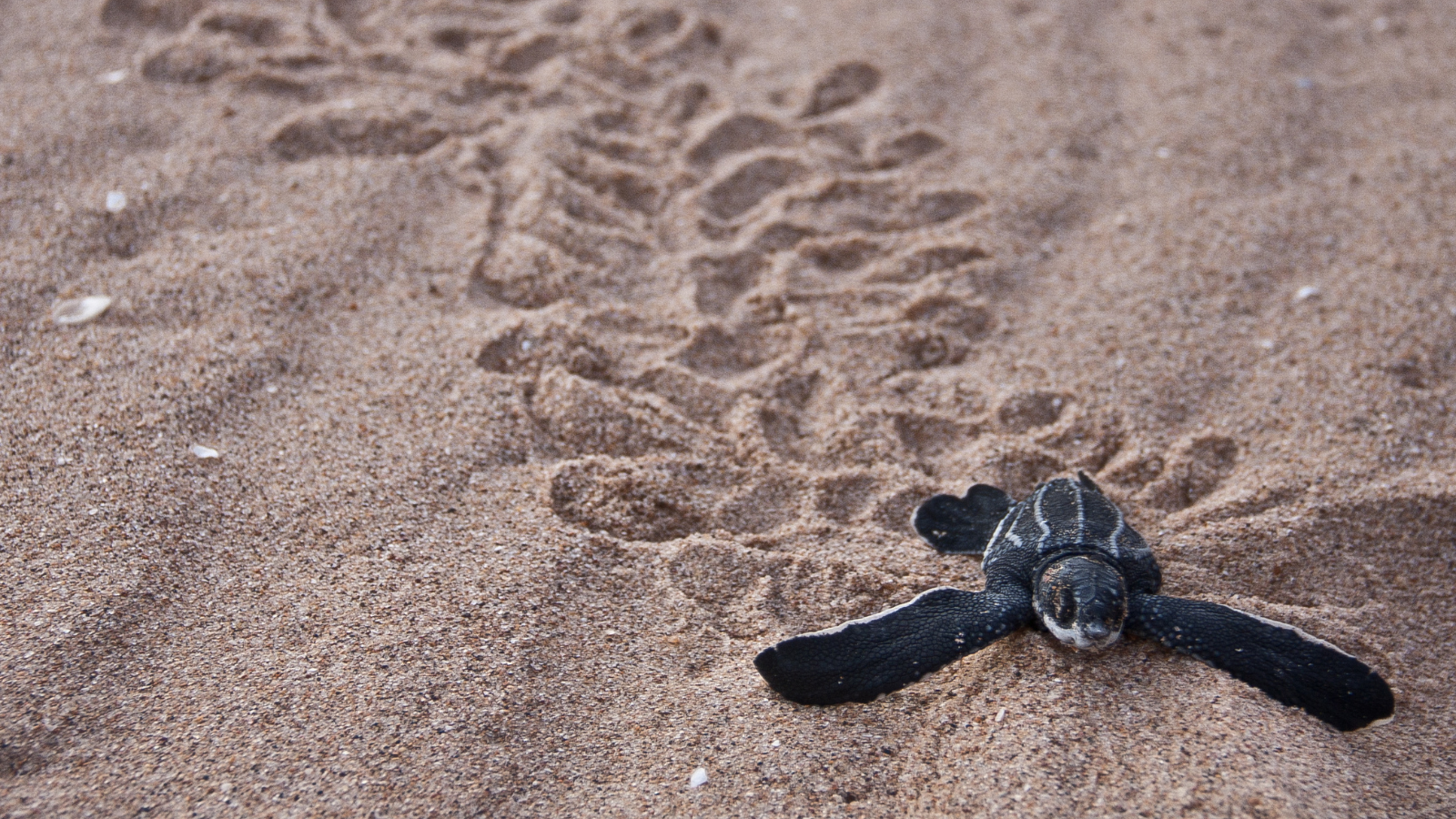
Where in the world do leatherback turtles go?
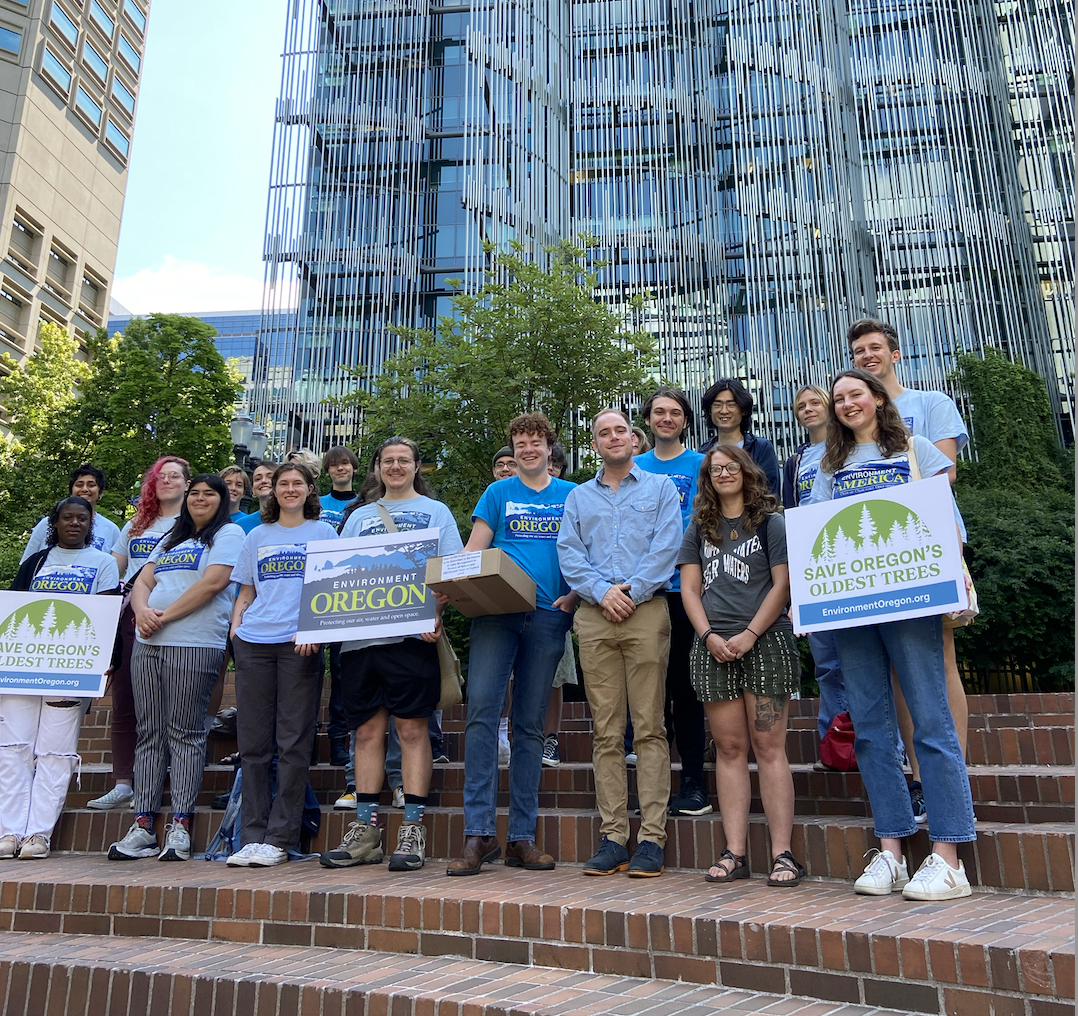
We’re hiring interns who envision a cleaner, greener world
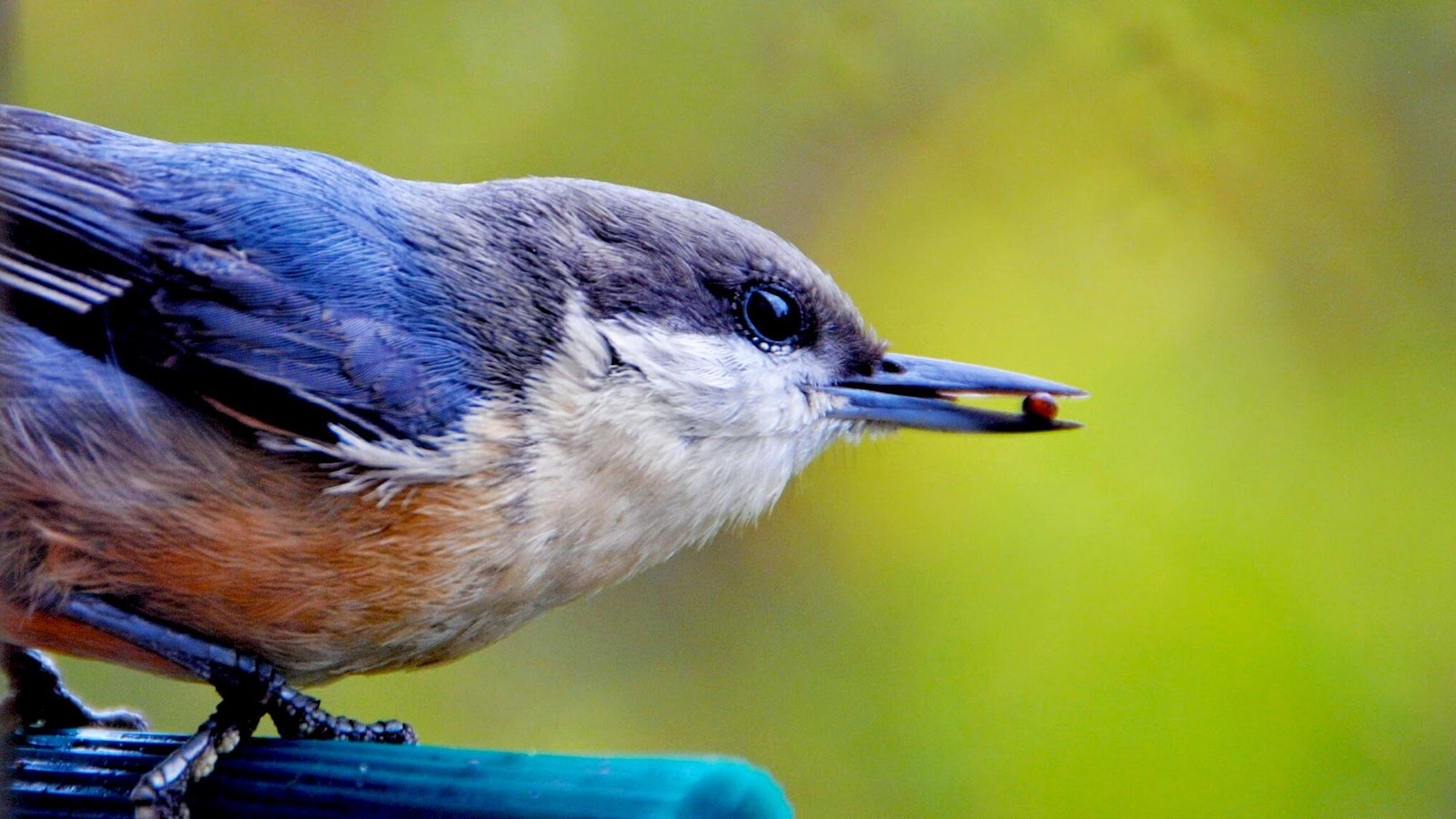
EPA report says pesticides endanger wildlife
